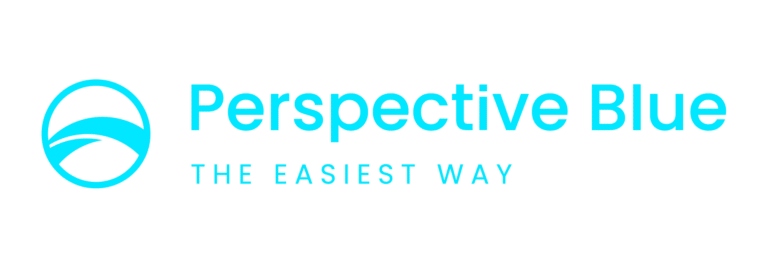Retaining employees is a pivotal component of building a robust and successful workforce. Investing in strategies to retain talent not only saves on recruitment and training costs but also fosters a positive and productive work environment. Here, we present a structured set of strategies to enhance employee retention:
1. Competitive Compensation and Benefits:
- Ensure that employees receive competitive compensation aligned with industry standards.
- Provide attractive benefits packages, including health insurance, retirement plans, and additional perks.
2. Recognition and Appreciation:
- Implement an employee recognition program to highlight outstanding performance.
- Regularly acknowledge and appreciate employees for their hard work and achievements.
3. Professional Development Opportunities:
- Offer opportunities for skill development and career growth through training programs and workshops.
- Provide mentorship initiatives to guide employees in their professional journey.
4. Work-Life Balance:
- Promote a healthy work-life balance to prevent burnout.
- Offer flexible working arrangements and remote work options whenever feasible.
5. Clear Communication:
- Foster open and transparent communication within the organization.
- Keep employees informed about company goals, changes, and updates.
6. Employee Involvement:
- Involve employees in decision-making processes when appropriate.
- Seek their input on matters that directly impact their work environment.
7. Positive Company Culture:
- Cultivate a positive and inclusive company culture.
- Encourage teamwork, collaboration, and a sense of belonging among employees.
8. Regular Feedback and Performance Reviews:
- Conduct regular performance reviews to provide constructive feedback.
- Recognize achievements and discuss areas for improvement.
9. Health and Wellness Programs:
- Implement health and wellness initiatives to support employees’ physical and mental well-being.
- Provide access to fitness programs, counseling services, or wellness seminars.
10. Flexible Scheduling: – Offer flexible working hours or compressed workweeks to accommodate diverse needs. – Allow employees to have more control over their schedules.
11. Employee Benefits Customization: – Provide customizable benefits packages to meet individual needs. – Allow employees to choose benefits that align with their priorities.
12. Promote a Sense of Purpose: – Connect employees to the company’s mission and values. – Help them understand how their work contributes to the overall success of the organization.
13. Recognition of Work-Life Milestones: – Celebrate work anniversaries, milestones, and achievements. – Show appreciation for the dedication and loyalty of long-term employees.
14. Opportunities for Advancement: – Clearly communicate paths for career advancement within the organization. – Provide training and support for employees to progress in their careers.
15. Regular Team Building Activities: – Organize team-building activities to strengthen relationships among colleagues. – Foster a sense of camaraderie and collaboration.
By structuring your employee retention strategies using this format, companies can create a workplace environment where employees feel valued, supported, and motivated to contribute their best. Employee retention is not just about retaining talent; it’s about building a thriving workplace where individuals can grow and succeed together.



